Understanding Sora: A New AI Video Generation Tool from OpenAI
Artificial Intelligence continues to transform industries, and education is no exception. OpenAI’s release of Sora, an advanced video generation model, holds the potential to significantly impact how students learn and how teachers teach. By converting text into high-quality videos, Sora is poised to introduce innovative ways to deliver educational content.
What Is Sora by OpenAI?
Sora is a powerful AI video creation tool developed by OpenAI. It takes descriptive text and turns it into realistic, dynamic video clips. This technology is part of a broader trend in generative AI tools that use large language models to create visual media. Sora stands out by combining advanced video generation with deep understanding of both language and visual context.
This means you can type a scene or explanation, and Sora can generate a matching video in seconds. It’s efficient, high-quality, and capable of handling educational topics in engaging ways.
How Sora Could Revolutionize the Education Sector
Integrating AI video tools like Sora in education could improve student outcomes and increase engagement. Here’s how its implementation might reshape the modern classroom:
- Visual storytelling: Convert textbook content into meaningful video narratives.
- Concept demonstrations: Visualize complex ideas, making them easier to understand.
- Language learning: Create immersive language scenarios for better retention.
- Global classroom support: Address different learning styles and cultural contexts.
Instead of relying solely on static images or text, educators could use AI tools for teaching to craft lessons that speak to diverse student needs.
How Does Sora Work?
Sora by OpenAI uses deep learning and video diffusion models to generate realistic visuals from words. Using your text prompt, Sora:
- Reads the semantic meaning and intent of the input.
- Predicts visual sequences based on real-world video data.
- Renders a coherent visual output that matches your description.
As part of OpenAI’s ongoing innovation in AI applications, Sora provides new possibilities in AI in education technology, especially for interactive learning environments.
Benefits of Using AI Video Generation in Classroom Learning
Here are some major advantages of implementing Sora in K-12 and higher education settings:
- Enhanced engagement: Videos are more captivating than static content, keeping students interested.
- Time savings: Teachers can generate custom videos quickly, reducing prep time.
- Learning retention: Students often recall video content better than text alone.
- Accessibility: Videos can be adapted for different languages and learning speeds.
As a part of AI-based tools in online learning, Sora also enables remote and hybrid education models to deliver richer content without added cost.
Use Cases: AI in Personalized Education
With Sora, you can personalize your teaching approach. Sora enables:
- Student-specific content creation: Tailor videos to match capability levels or interests.
- AI-assisted tutoring: Explain topics in multiple formats for better understanding.
- Visual simulations: Create lab experiments, historical events, or real-world examples.
These use cases show how AI in personalized learning can bridge gaps in comprehension while adapting to unique learner needs.
Challenges and Considerations
While Sora is promising, some considerations should be kept in mind:
- Data bias: AI models learn from existing data, which can introduce bias if not carefully monitored.
- Verification of content: Teachers must validate that generated videos are factually accurate.
- Ethical video use: Clear guidelines around AI-generated media need to be established in schools.
Responsible integration is essential. Partnering technological innovation with teacher oversight ensures that AI in classrooms supports ethical learning environments.
FAQs About Sora and AI Video Tools in Education
Can Sora improve distance learning?
Yes. Educators can use Sora to make remote lessons more dynamic and interactive. This boosts student participation and overall satisfaction with online education.
Is Sora accessible to all educational institutions?
As of now, Sora is in a limited access phase. OpenAI plans to expand its availability. Over time, this tool is expected to become a staple in many digital learning platforms.
Do you need technical experience to use Sora?
No, teachers and content creators do not need coding knowledge. Sora uses natural language input, making it user-friendly and accessible.
Can students use Sora on their own?
In supervised environments, yes. Sora can empower students to create videos for assignments or projects. This introduces them to AI literacy and digital skills development.
Preparing Teachers for AI Adoption in Education
Embracing AI requires professional development. Educators need training on how to:
- Write effective prompts for accurate video output.
- Evaluate and vet AI-generated content.
- Use videos ethically in classroom instruction.
Schools should create transparent policies around AI in education systems to ensure optimal outcomes.
Looking Ahead: The Future of Learning with AI
As AI tools like Sora evolve, your classroom could become more interactive, inclusive, and adaptable. From improved comprehension to real-world simulation, AI video generation bridges the gap between technology and personalized education.
Whether you are a teacher crafting new kinds of lessons or a student seeking engaging content, Sora represents a step toward smarter, more creative learning experiences.
The future of education lies not only in better tools, but in your ability to use them to inspire growth. As AI continues to advance, your role in guiding its ethical and impactful application remains essential.




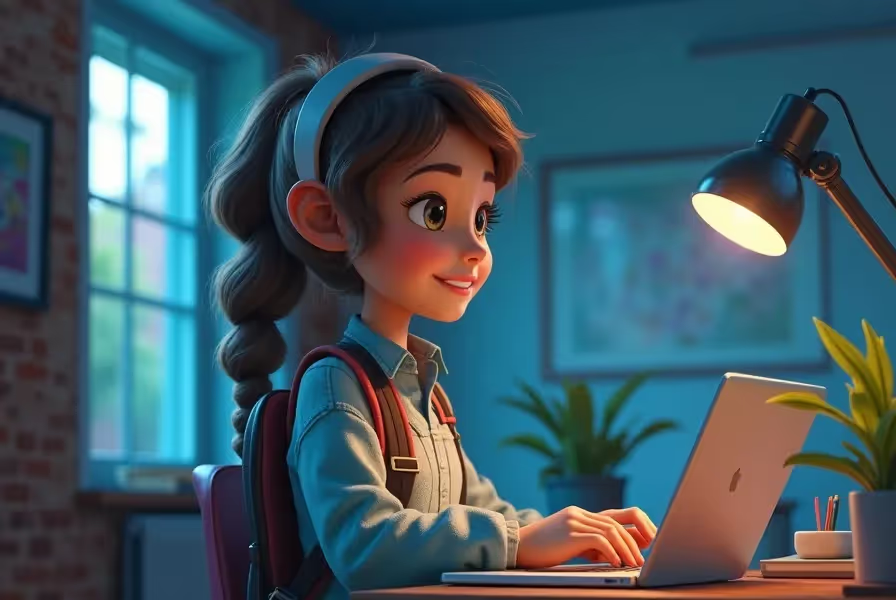
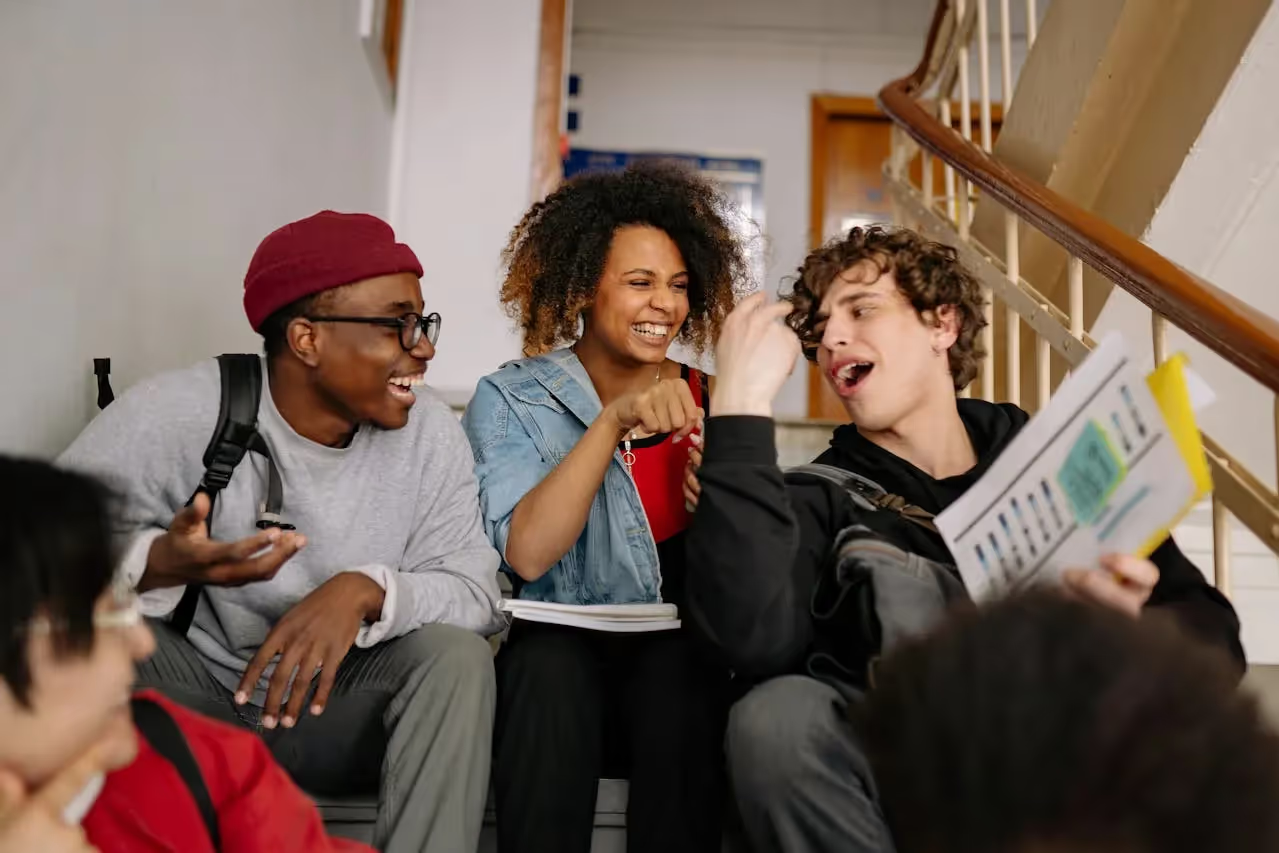
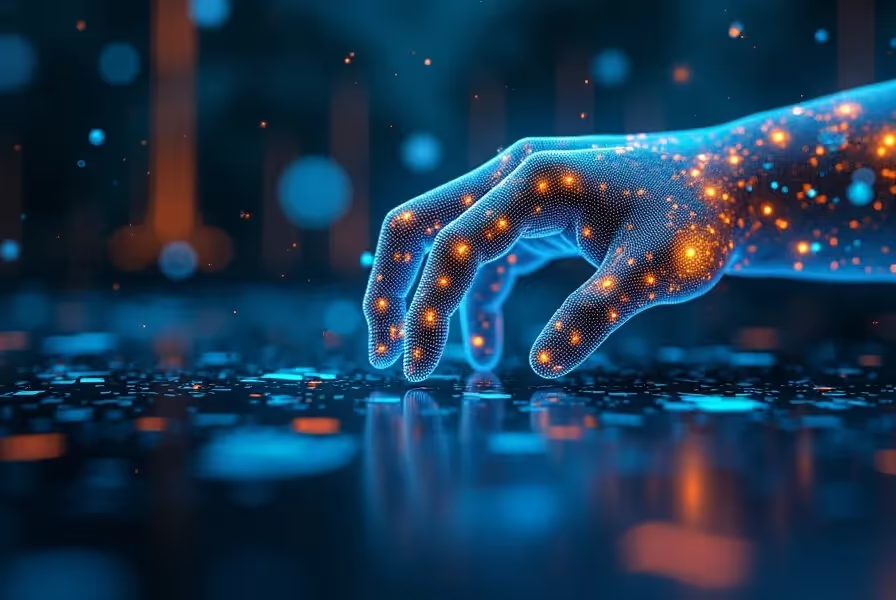
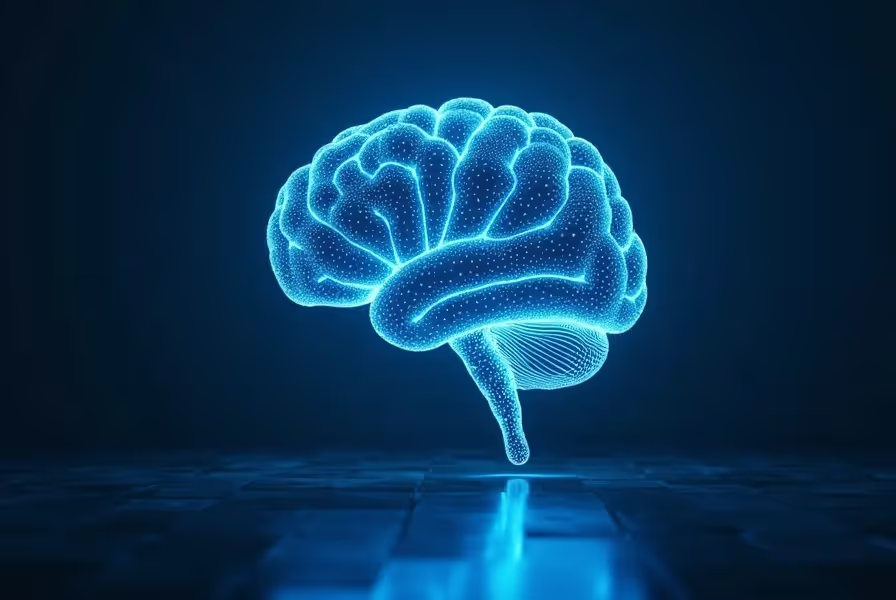



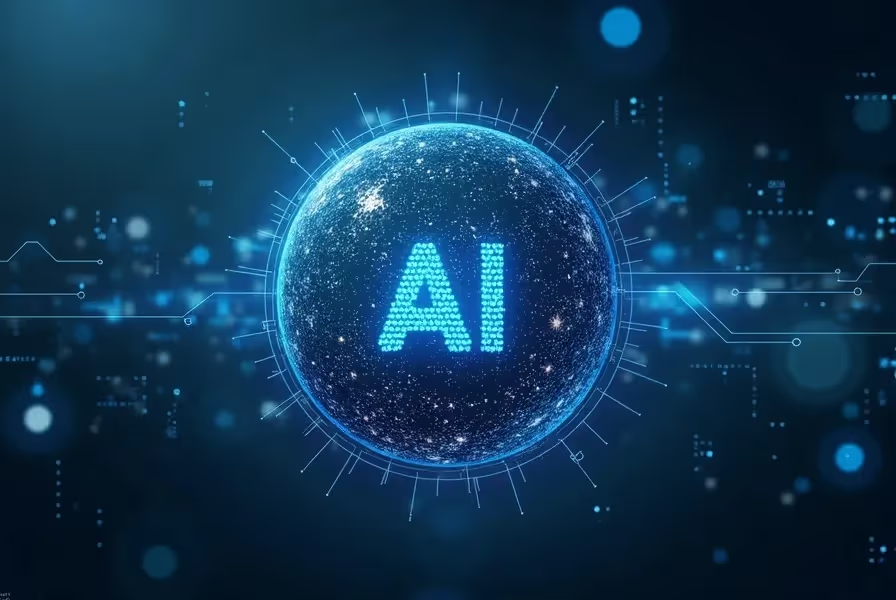
.avif)
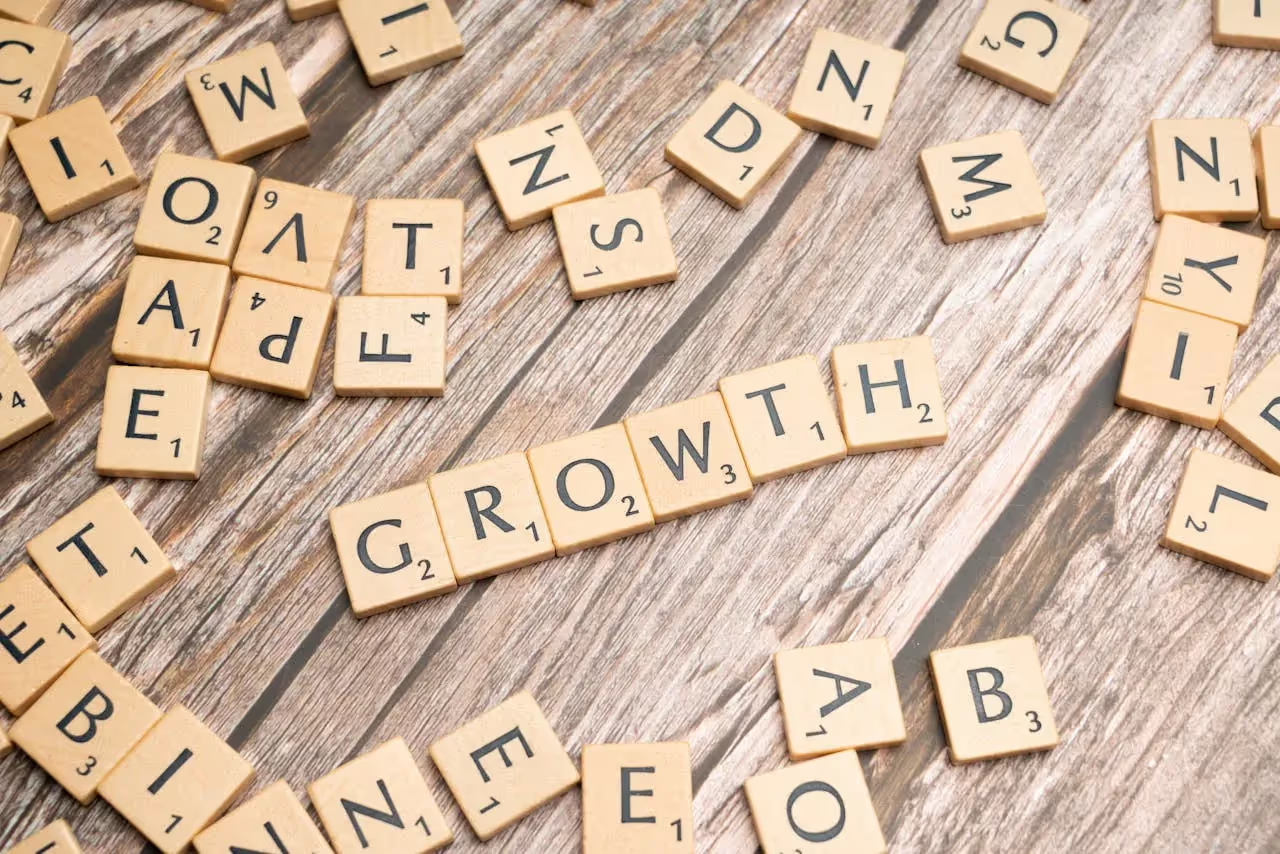


.svg)



